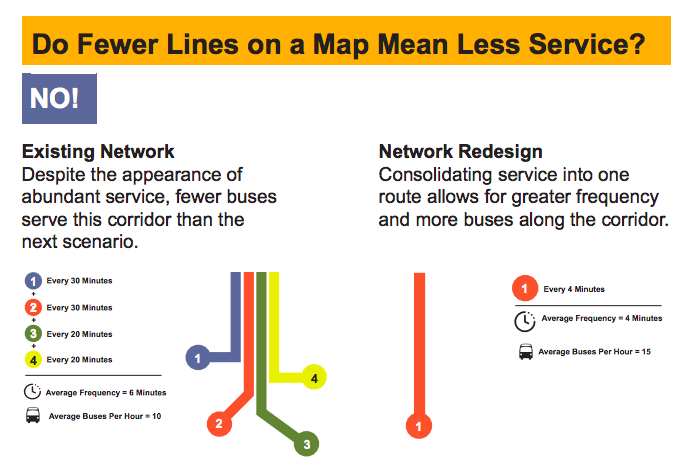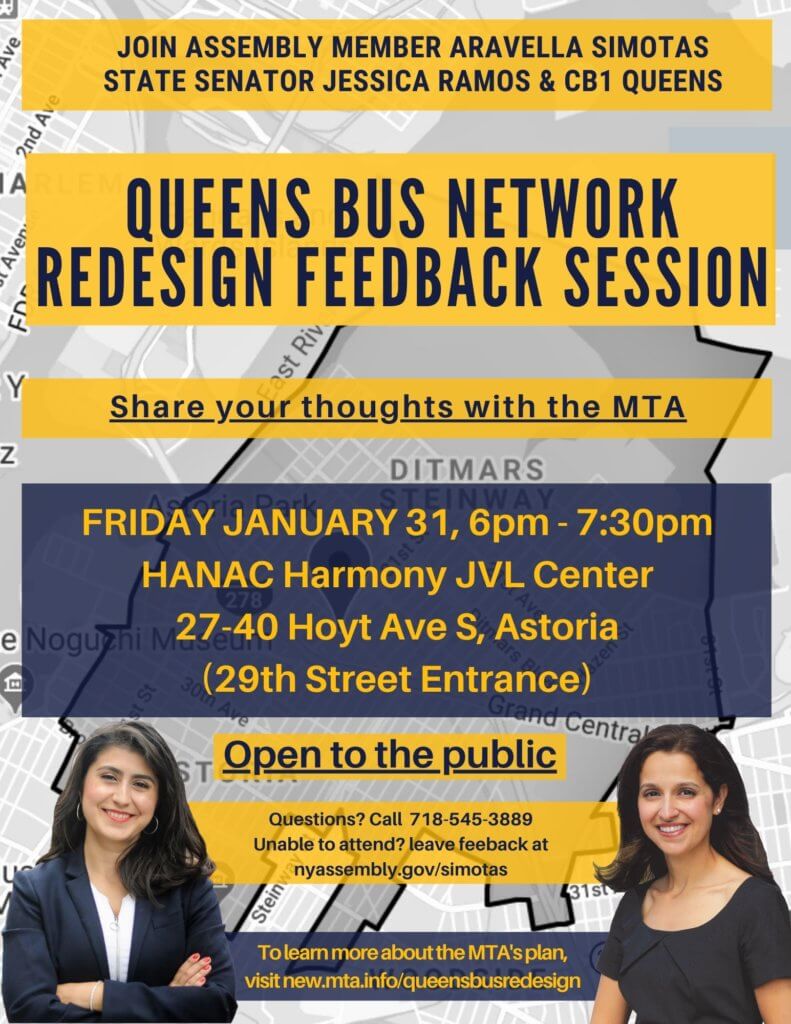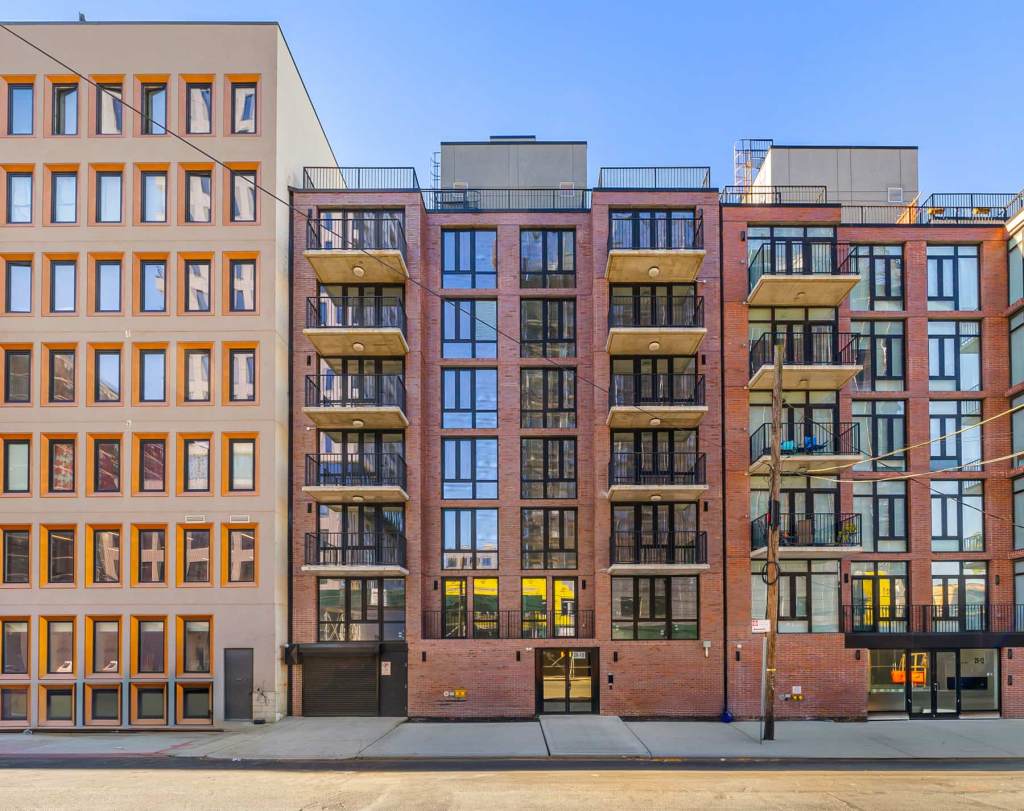It’s Astoria’s turn to voice their concerns about the MTA’s Queens bus redesign proposed plan.
Assemblywoman Aravella Simotas, Senator Jessica Ramos and Community Board 1 will host a feedback session on Friday, Jan. 31. An MTA representative will also be in attendance.
Although the current MTA bus redesign plan is far from complete — they’re currently in the outreach portion of the plan and will have a final proposed plan ready in the spring — Queens residents and lawmakers want to hold the transit agency accountable.
“Northwest Queens cannot afford any cuts in transportation service,” Simotas told QNS. “Our subway stations are not accessible to a significant portion of our community which is why an efficient bus network is vital to our neighborhood.”
The MTA’s redesign plan is an extensive one, but residents can see the full proposed plan on their website at www.new.mta.info/queensbusredesign, as well as a breakdown of each proposed route on their route profiles and use their interactive map (Remix) to see the changes and leave comments.
Some of the changes to Astoria’s bus network include efficient connections to Brooklyn neighborhoods like Williamsburg and Greenpoint, and the combination of bus lines to make one route. In the proposed plan, the MTA uses “QT” before the new bus route numbers in order to facilitate the conversation.
The following are highlights of the proposed bus routes within Astoria:
- QT61: This route was previously the Q47 and Q60. The QT61 will run along the Midtown-East Elmhurst route, the purpose of which is to link neighborhoods, key transit connections, and important destinations. It operates between East Elmhurst/100 St-23 Ave and Columbus Circle. Weekday headway is estimated to be 12 minutes or better.
- QT69: This route will remain the same, Q69, but will replace the Q103. The QT69 will run along the 21st Street route, the purpose of which is to serve high demand corridors, and to connect quickly across the city. It operates between Jackson Heights/82 St-Astoria Blvd and Hunters Point South/54 Ave. Weekday headway is estimated to be eight minutes or better.
- QT80: This route was previously the Q18 and Q39. The QT80 will run along the Astoria-Ridgewood route, the purpose of which is to link neighborhoods, key transit connections, and important destinations. It operates between Astoria/27 Ave-2 St and Ridgewood Terminal. Weekday headway is estimated to be 20 minutes or better.
The following are highlights of the proposed bus routes from Brooklyn to Astoria:
- QT76: This route was previously the Q101 and B62. The QT76 is proposed to cross the Kosciuszko Bridge to connect Steinway, Astoria, Sunnyside, and Williamsburg.
- QT1: This route was previously the Q100 and B62. The QT1 is proposed to cross the Pulaski Bridge to connect Astoria, Long Island City, Greenpoint, Williamsburg, The Brooklyn Navy Yard, and Downtown Brooklyn.
- QT2: This route was previously the Q101 and B24. The QT2 is proposed to cross the Kosciuszko Bridge to connect Steinway, Astoria, Sunnyside, and Williamsburg.
But some Astorians have already expressed concerns about the increase in headway (wait time) as well as the elimination of bus lines, such as the Q18 (which serves Astoria and Ridgewood), the Q60 (which runs along Queens Boulevard and into Midtown East) and the Q103 (which serves Astoria via Vernon Blvd.).
“Under this plan, Astoria would lose its only direct line into Midtown East, requiring most of its users to transfer either to various subway lines or to other bus lines,” Simotas said. “Some of proposed bus lines will also have fewer stops than the existing ones. These are some of the concerns many of my constituents have raised and I hope the MTA will take them into account.”
At a press briefing, the MTA’s Department of Buses Chief Officer Mark Holmes said that “fewer lines does not mean less service.”

According to the MTA, Queens has the closest-spaced bus stops in the whole country, with some about 850 feet apart. With the new plan, space will increase to more than 1,000 feet in order to “alleviate overcrowding and bus bunching.”
It’s important to note that these changes won’t go into effect until the MTA has released the final plan later in the year. Craig Cipriano, MTA’s Bus Company and acting senior vice president of New York City Transit (NYCT) Department of Buses, said that even once the final plan is out in the spring, it’ll undergo another review process.
Just last week, the Queens Delegation to the City Council, including Councilman Costa Constantinides, who represents District 22 and is currently running for Queens Borough President, slammed the current bus redesign plan.
“There are specific concerns about what this bus redesign will do both to Astoria and to the borough as a whole,” Constantinides told QNS. “In addition to inflated wait times for the Q18, we face the elimination of the Q103, which currently runs along Vernon Boulevard. This street has seen more density in the last few years, and taking away a vital mass transit option along it will simply put more people into cars. I hope the MTA hears the valid concerns western Queens residents have under this proposal.”
Senator Jessica Ramos, who represents Jackson Heights and parts of Astoria, recently hosted a bus redesign workshop in Jackson Heights where residents got to express their concerns of the bus routes that will be affected there, such as the Q49, Q33, Q72, Q23, and Q32.
“My team and I have been diligently working to ensure our community fully understands the first draft of the Queens bus redesign and that they’re able to adequately provide feedback,” Ramos said. “My neighbors and I shared many similar frustrations with the extensive cuts to service and worsened accessibility. I’m confident that the MTA heard Senate District 13 loud and clear. We’ll continue relaying our residents’ concerns to the MTA until we see a proposal that incorporates our suggestions.”
The MTA currently has four more workshops scheduled in Queens. It’s upcoming one will be located in Long Island City on Feb. 4, from 6 to 8 p.m., at the Jacob Riis Settlement (1025 41 Ave.).
In the meantime, Astoria residents can learn more at Friday’s feedback session at the HANAC Harmony JVL Innovative Senior Citizen Center located on 27-40 Hoyt Ave. S.
“My Queens Bus Redesign Feedback Session with the MTA and Senator Jessica Ramos is an opportunity for residents to learn more about the changes that affect them, express their concerns and ensure their feedback is incorporated in the MTA’s final plan,” Simotas said.







































